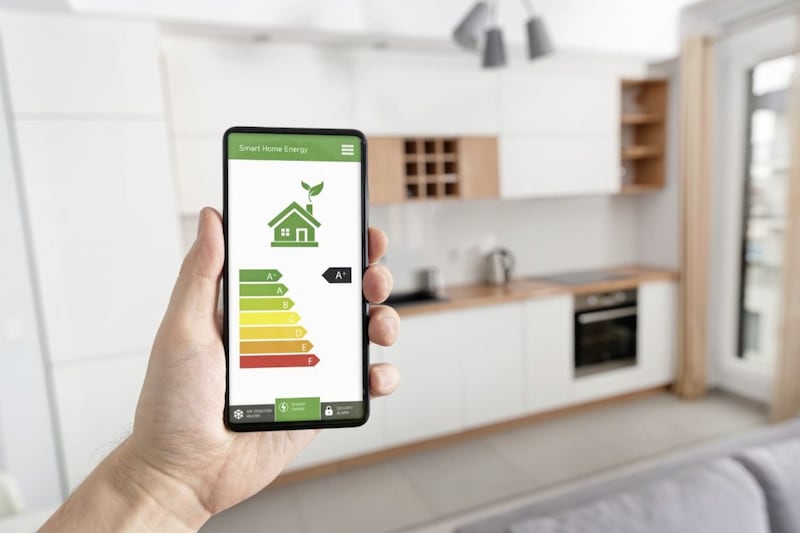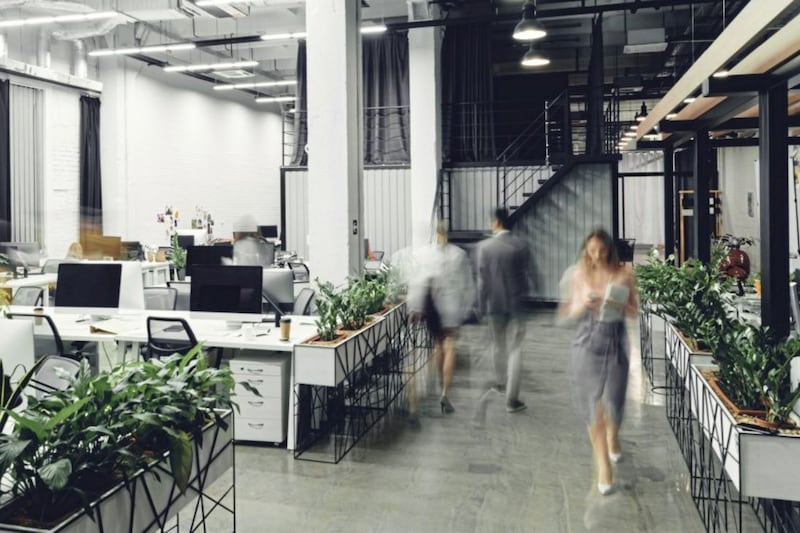ONE of the big questions in the commercial property market during recent times has been about the future role of the office.
Interestingly, the Royal Institution of Chartered Surveyors (Rics) asked commercial property members in its latest report if they feel office space is still essential to a company’s success. Some 66 per cent of them across the UK answered yes, with 29 per cent replying no, and the remainder said they were unsure.
I suspect if the question had been asked earlier in 2021 or during 2020, the proportion saying yes would have been significantly lower. Things move quickly in both the commercial and residential property markets and particularly during a pandemic.
At the end of 2020, optimism was low in the economy as the UK and Ireland had tumbled back into another lockdown and businesses scrambled to forecast for the year ahead as the Brexit transition deadline came to pass. Surprisingly though, 2021 took pace from the first week back, with both commercial occupier and residential demand kicking off quickly.
When, in normal years, our residential team would spend much of the first quarter preparing for a busy summer season, the market thrived from the get-go in 2021, with prices continuing to rise and demand for larger homes continuing to grow.
This price hike continued right through until the end of June in line with the stamp duty holiday, and while prices began to plateau into the second half of the year, buyer demand continued. Indeed, our residential team achieved some record-breaking sales in the luxury homes market and the largest value residential transaction of the year across the region.
In the commercial market, as retailers and the hospitality sector were faced with further challenges imposed by yet another lockdown, enquiries for industrial warehousing of all shapes and sizes flooded in from the UK and RoI as businesses rushed to deliver on their Brexit strategies and rents reached new records during the year, mirroring the trends witnessed right across Europe.
Whilst the office market appeared subdued in the first quarter of the year, office transactions were strong with rates and yields recovering well into the second half.
Demand for development land was exceptionally high in 2021, despite the increasing material costs. Again, a lack of supply relative to the demand pushed prices beyond the typical £35,000 to £45,000 per site value for multi-unit developments, with one development site in South Down with planning for 21 new homes achieving almost £75,000 per site.
As we enter 2022 with renewed optimism, we will never forget the unprecedented impact of Covid on every aspect of our lives. However, where there is challenge, there is opportunity and the performance of the various property sectors during 2021, retail aside, bodes well for continued growth in the year ahead.
Indeed, the latest RICS UK Commercial Market Survey reinforces such optimism. It points to growth in investor enquiries, and notes that capital value expectations are strengthening. It also highlights growing occupier demand and expectations for some further rental growth in the industrial and office sectors.
Unsurprisingly retail rental expectations remain subdued, with further turbulence likely across the high street, as well as the continued battle to reinvent and repurpose the shopping centre. This is less about digitisation and tenant mix, but more about ‘place-making’.
Creating engaging social spaces where people come together to shop, eat, work and live. There is no doubt that retail, despite its challenges, will also offer some opportunities in 2022.
:: Garrett O’Hare is managing director of Bradley NI, a commercial and residential property agency with four offices in Belfast and south Down.









